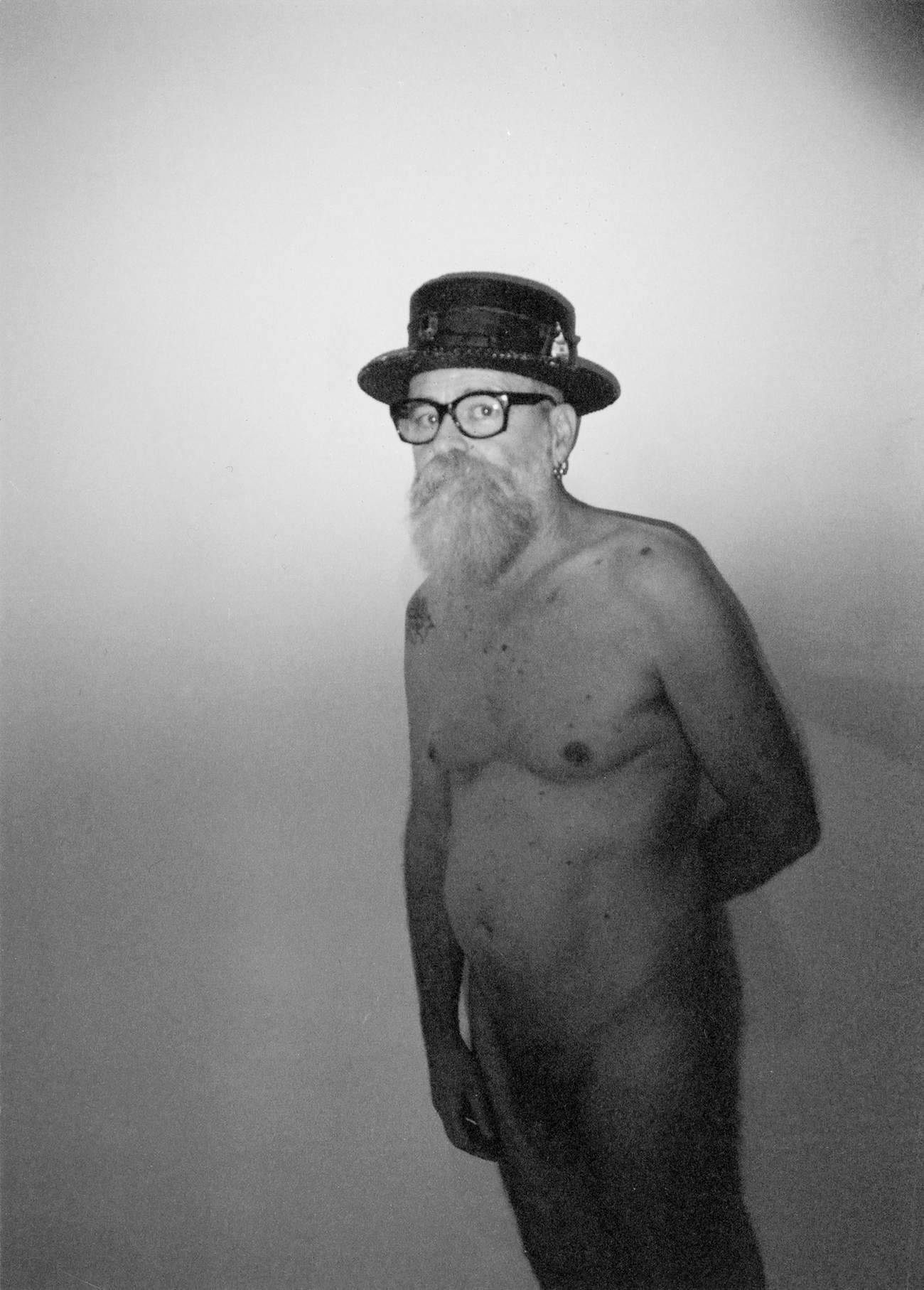Purple Magazine
— S/S 2009 issue 11
AA Bronson
 AA Bronson by Dash Snow
AA Bronson by Dash Snow
interview by OLIVIER ZAHM & DASH SNOW
AA BRONSON, one of the founders of the Canadian artists’ group, General Idea — whose social activism and poignant irony made its first big impact in their ground-breaking magazine, FILE, published from 1972 to 1989 — remains as active as ever. After the tragic deaths of his two partners, Felix Partz and Jorge Zontal, in 1994, AA took a more personal and esoteric approach, exploring the secrets and shamanistic rituals of other cultures as a serious practitioner of the healing arts, and incorporating his discoveries into his art. He’s become a mentor and a cult figure for a younger generation of artists. He also runs Printed Matter in New York City, one of the preeminent artist’s book publishers and sellers in the United States.
OLIVIER ZAHM — So, how are you doing…